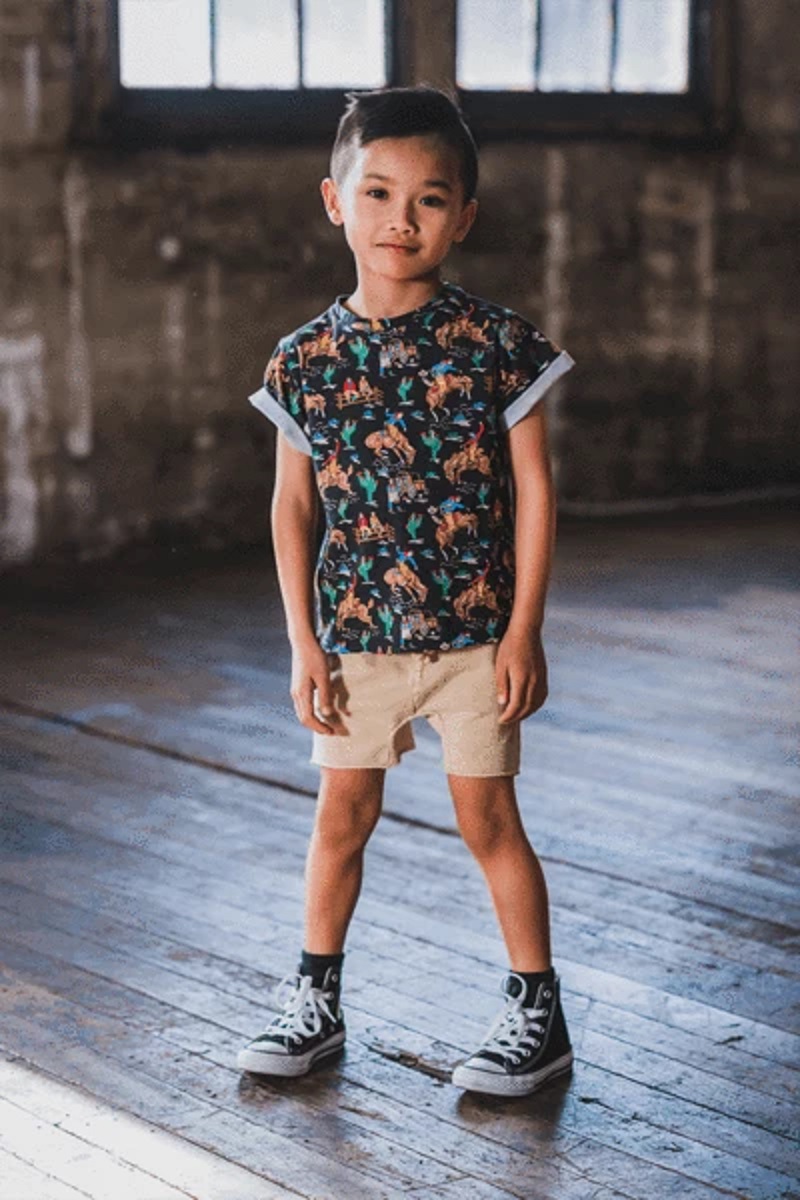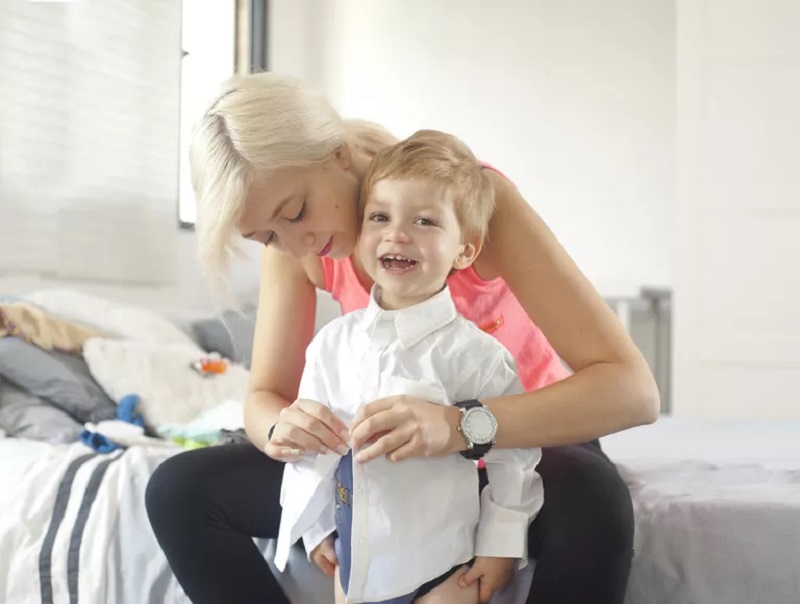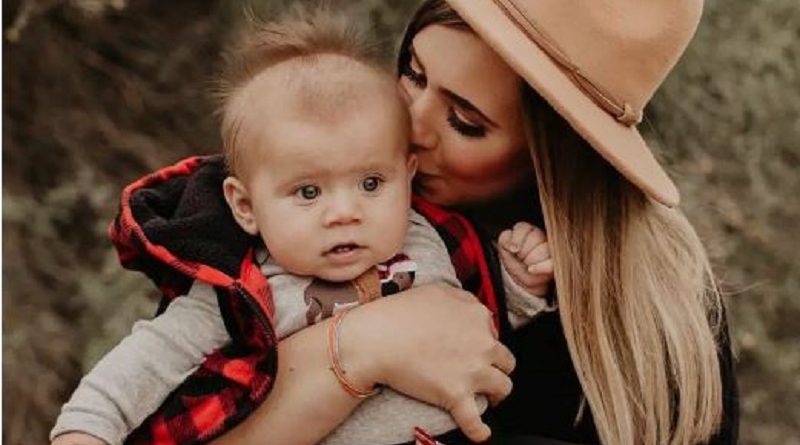Kids’ Clothing: A Guide for Dressing Your Little Boy
Shopping for kids’ clothes can feel overwhelming. And I know this struggle personally. After all, kids grow up so fast, which means you need to get them new clothes every season. In addition, you also want your little one to feel comfortable, stay protected from the weather and look cute at the same time and choosing clothes that offer all of this isn’t always easy. Now that my son is 5, I have gained plenty of experience when it comes to little boys fashion. So, to make it easier for you, here are some tips that can help you dress your little rascal.
Pick the Right Size

Let’s start with size. It’s important to know what size clothes do a 3-year-old boy wear and what size a 5-year-old as sometimes there’s no chance for your kid to try it beforehand. By being aware of the different sizes for children, you can conveniently shop boys clothing online or browse stores without bringing your restless toddler along. Here’s a precise chart of the appropriate clothing sizes for all ages used in Australia, as well as the UK and Europe. As you can see from this chart, a boy that’s about to turn 2 would be a size 2. Upon turning two, size 3 is usually more appropriate. However, this can often vary according to height, which is why I’ve also listed the European sizes for comparison.
|
Age |
European |
UK |
AU |
|
Newborn |
50 cm |
Newborn |
00000 |
|
0-3 m |
50-56 cm |
0-3 m |
0000 |
|
3-6 m |
56-62 cm |
3-6 m |
000 |
|
6-9 m |
68-74 cm |
6-9 m |
000 |
|
9-12 m |
74-80 cm |
9-12 m |
00 |
|
12 m |
80 cm |
12 m |
0 |
|
12-18 m |
80-86 cm |
12-18 m |
1 |
|
18-24 m |
86-92 cm |
2T |
2 |
|
2-3 |
92-98 cm |
3T |
3 |
|
3-4 |
98-104 cm |
4T |
4 |
|
4-5 |
104-110 cm |
5 |
5 |
|
5-6 |
110-116 cm |
6 |
6 |
|
6-7 |
116-122 cm |
7 |
7 |
|
7-8 |
122-128 cm |
8 |
8 |
|
8-9 |
128-134 cm |
9 |
9 |
|
9-10 |
134-140 cm |
10 |
10 |
|
10-11 |
140-146 cm |
11 |
11 |
|
11-12 |
146-152 cm |
12 |
12 |
|
12-13 |
152-158 cm |
13 |
13 |
|
13-14 |
158-164 cm |
14 |
14 |
Opt for Quality Instead of Quantity

Kids outgrow their clothes so fast that it makes sense to choose quality over quantity. Instead of piling up clothes that your child won’t have time to wear, investing in a few high-quality pieces will certainly pay off. Moreover, cheap clothes often are made of synthetic materials which are treated with harsh chemicals and can irritate children’s sensitive skin and result in rashes and allergies.
Instead, try to pick clothes made of natural fabrics, and buy organic items whenever possible as they aren’t treated with any harsh chemicals. Usually, cotton is considered the best choice for boys clothing. This fabric is durable and can withstand frequent washing and wear and tear. In addition, it’s also breathable and soft, which means your child will feel comfortable wearing cotton clothes.
Besides cotton, bamboo is another healthy natural choice, especially for kids with sensitive skin. For the cold weather, wool can be a great option for keeping your child warm and cosy. Since children don’t sit still, you may also want to opt for a fabric that doesn’t wrinkle easily. If it wrinkles too much, it can look like you haven’t bothered to iron his clothes.
Prioritize Comfort
I’ve seen a number of parents dressing their kids like adults. While this may be cute on Instagram, the reality is quite different. Wearing elaborate pieces of clothing with many details is uncomfortable for kids who like to play freely. So, if your the parent of a little overactive boy who loves running, jumping and climbing trees, making sure that his wardrobe is stocked with comfy clothes that allow movement should be a priority.
With that being said, jeans that are too tight shouldn’t even be considered. Also, avoid clothes that have too many details such as buttons, zippers or ties. When your kid plays, these kind of things can easily get stuck in something and become detached and leave an ugly hole in their place. In addition, avoid buying items that your kid will have trouble putting on or taking off, like for instance belts.
Let Him Decide

When dressing your boy, allow him to decide whenever possible instead of simply handing him what to put on. Just pick out a few options that are suitable for the occasion and the weather and let him have the final say. For instance, ask, “Would you like to wear the green sweater or the red one?”. By paraphrasing the question this way, your child will be less likely to argue to wear something that’s not appropriate. In addition, asking him for his opinion on things can help build his confidence and make him feel free to speak up in the future.

